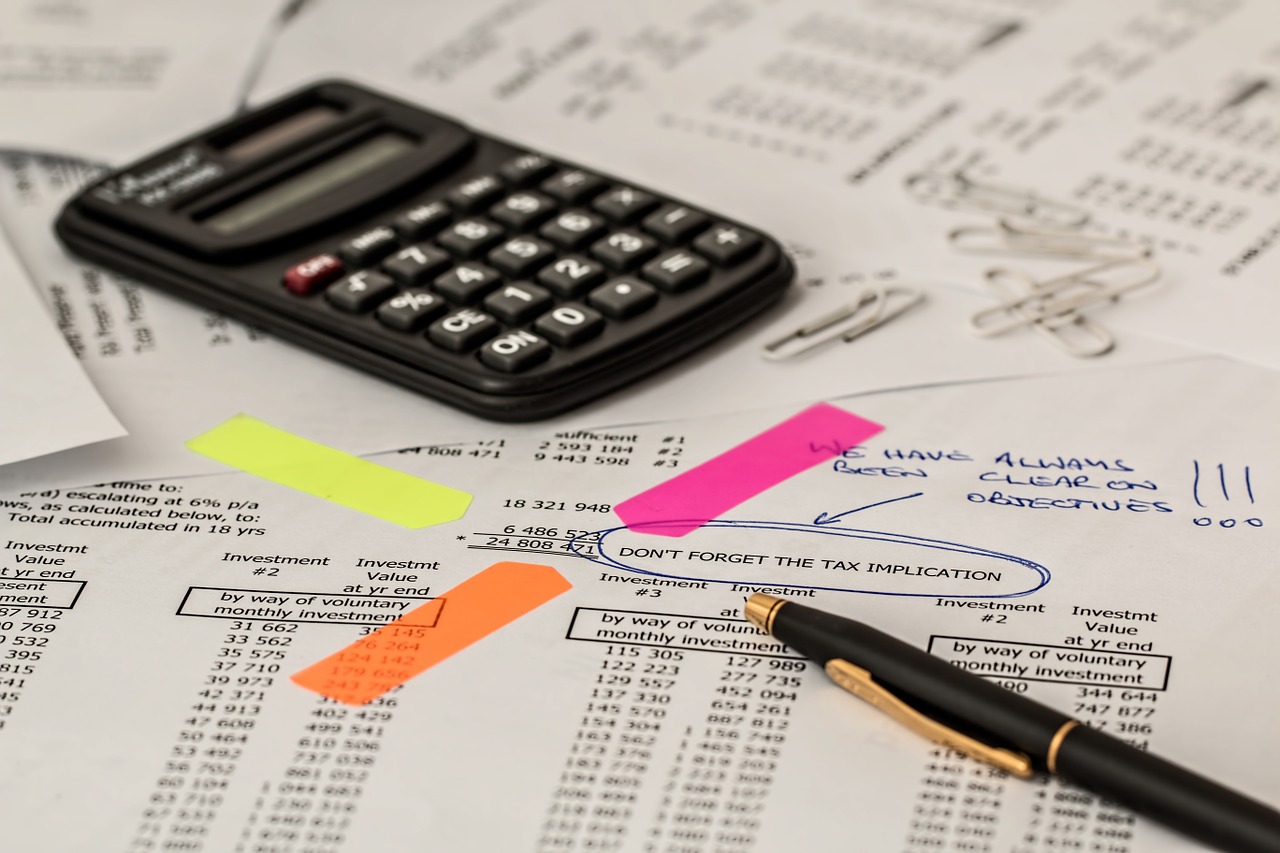VAT
In this section...
Understanding Payments on Account
The tax calculated on a self-assessment tax return is based on the taxable income an individual has received less the personal allowance, and taxed at the basic rate, and higher rate if the income exceeds the basic rate band. Please see our article Tax Bands for the latest figures on tax calculations; these figures change each year so it is essential to be up to date and aware of which tax years each relate to. The overall tax calculation can come in two parts - a balancing payment and a payment on account.
If the tax due is less than £1,000 then there will be no payments on account for the individual, only a balancing payment. A payment on account is a sort of prepayment towards next year’s tax with the calculation using the previous year’s tax as a guideline to judge how much tax will be owed. These payments on account will be due by the 31st January on top of the balancing payment, and by the 31st July. The income that is taxed is often not the same and if it were, based on the changing tax bands, it would not result in the same calculation each year, so often the payments on account will either be higher or lower than the actual calculation. The difference created is called the balancing payment. If the payments on account were less than the tax due calculated then the balancing payment becomes payable to HMRC by the 31st January.If too much is paid by payments on account, there are two ways the overpayment can be treated. One method is to have the overpayment amount repaid in full to the individual either by bank transfer or posted cheque. The payments on account due by the end of January and July would remain payable.
Alternatively, the overpayment can be left on the individual’s account to be used against the new payments on account. If the overpayment is greater than the January payment on account, the remainder will be carried against the July payment.
For example, a tax return calculated the tax to paid was £2,000:
• In scenario 1 two payments of £1,250 were made in the previous year.
(£1,250 x 2) - £2,000 = £500 overpayment
£2,000 / 2 = £1,000 due by 31st January, £1,000 due by 31st July
The £500 can be used against the January payment, meaning only £500 will need to be paid by the end of January and £1,000 by the end of July.
• In scenario 2 two payments £1,750 were made.
(£1,750 x 2) - £2,000 = £1,500
£2,000 / 2 = £1,000 due by 31st January, £1,000 due by 31st July
The £1,000 payment on account would be paid from the overpayment, and the remaining £500 would remain on the account by default to reduce the July payment down to £500. Between January and July, it is possible to reclaim this £500 from HMRC. This will mean that the full £1,000 payment will need to be paid from the individual to HMRC by the end of July.
Tags: Personal tax, Self-assessment tax return, tax calculations
Need help?
Get in touch and see how we can help you
